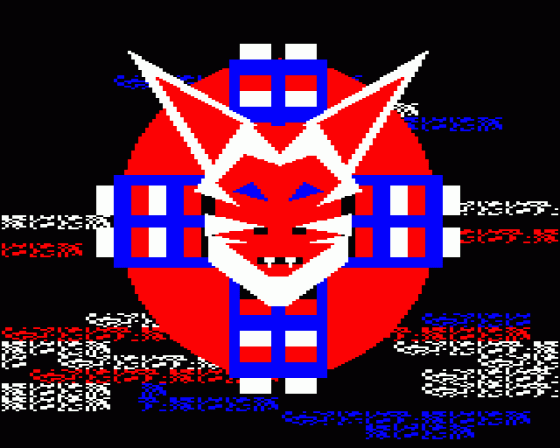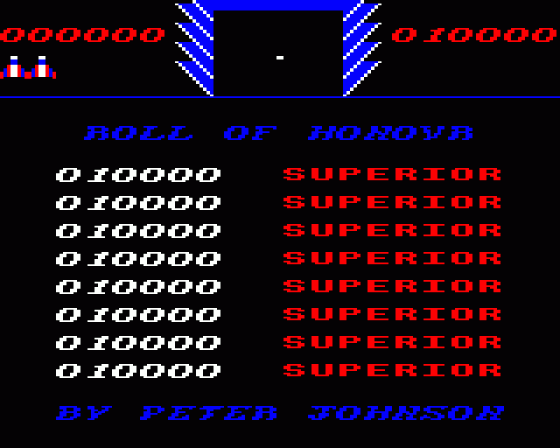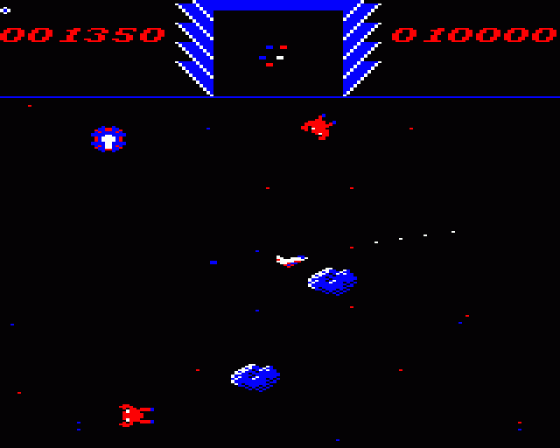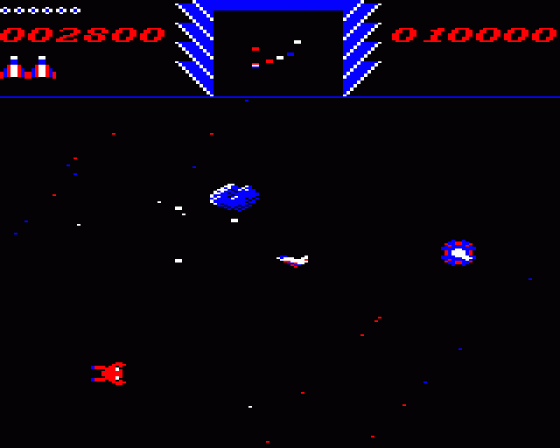Other Reviews Of Death Star For The Acorn Electron
Death Star (Superior)
A review by Roland Waddilove (Electron User)
Five Star Games (Beau-Jolly)
A review by Dave E (EUG PD)
Death Star (Superior)
A review by Tony Wade (Acorn User)
Death Star (Superior)
A review by Dave E (Everygamegoing)
Deathstar (Superior)
A review


 1st November 1985
1st November 1985




















